I like to self-identify as a fabric artist rather than a quilter. Which gets a lot of puzzled smiles, quietly raised eyebrows, and a question: “What’s the difference between a fabric artist and a quilter?”
After all, a traditional quilter creates…a quilt. A fabric artist creates…a quilt. The differences may seem small, but they’re there, trust me.
The difference is in intent and outcome.
Ever dangle your legs over a stream? Then let’s do it on fabric!
Do you want to create a quilt that is beautifully sewn, has all its points matching perfectly and wins a blue ribbon at the local quilt show?
Or do you want to tell a unique story that shows passion, humor, and beauty?
Fabric art isn’t so much about traditionalism and winning blue ribbons at fairs. Although as Isaac Newton famously said, “If I have seen further it is by standing on the shoulders of giants.”
We like to embrace the traditional beauty and influences, but build on it.
So, if you intend to create a story, you may use traditional techniques – but achieve an entirely different outcome.
Defining Fabric Art by Creating Movement
The fabric art that we create is mostly movement and accessories. I spoke about the accessory angle in my Bling Blog, and I touched on creating movement in my Backgrounds First blog but I want to go into it in more depth here.
Just to clarify; when we say we’re creating movement, we don’t mean physical movement.
What we’re referring to is any aspect of a quilt that draws your eye from one section to another. I, for one, much prefer to view a project that tells a story and pulls you in, inviting you to become a part of the conversation, rather than a beautifully crafted, point-perfect masterpiece.
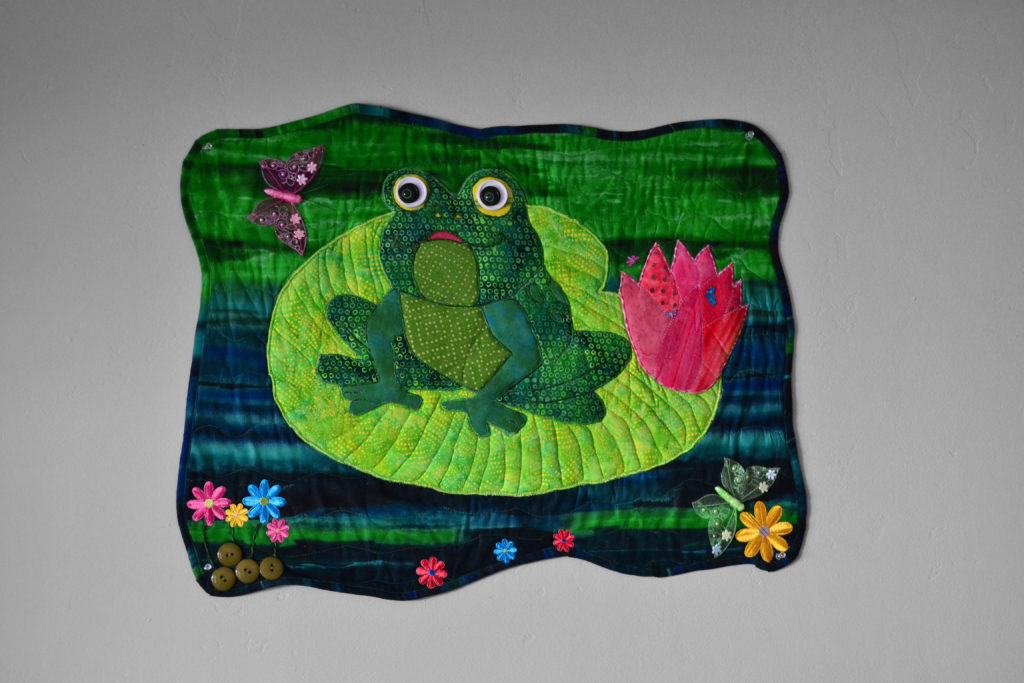
You may sense a little bitterness here towards what I like to refer to as the ‘Quilt Nazis.’ If you’ve gone to a quilt store of fair where everything runs on rules, you know what I mean.
Or maybe it’s even a little bit of quilter’s envy, since many great traditionalist quilters achieve levels of mastery that I can only envy.
But what it really is, is a superior attitude on my part. I, like many human beings, like looking down at the poor quilting robots trapped in their “this-is-the-pattern-and-I-have-to-follow-it-religiously” rut.
Genesis of My Quilting Rebellion
It started for me way back in the day when I made my kids’ first baby quilts.
I’ve got a real low boredom threshold. So rather than just make a quilt with blocks of the same Scotty dogs or bunny rabbits, I decided that I had to enliven things. I did this by adding variety:
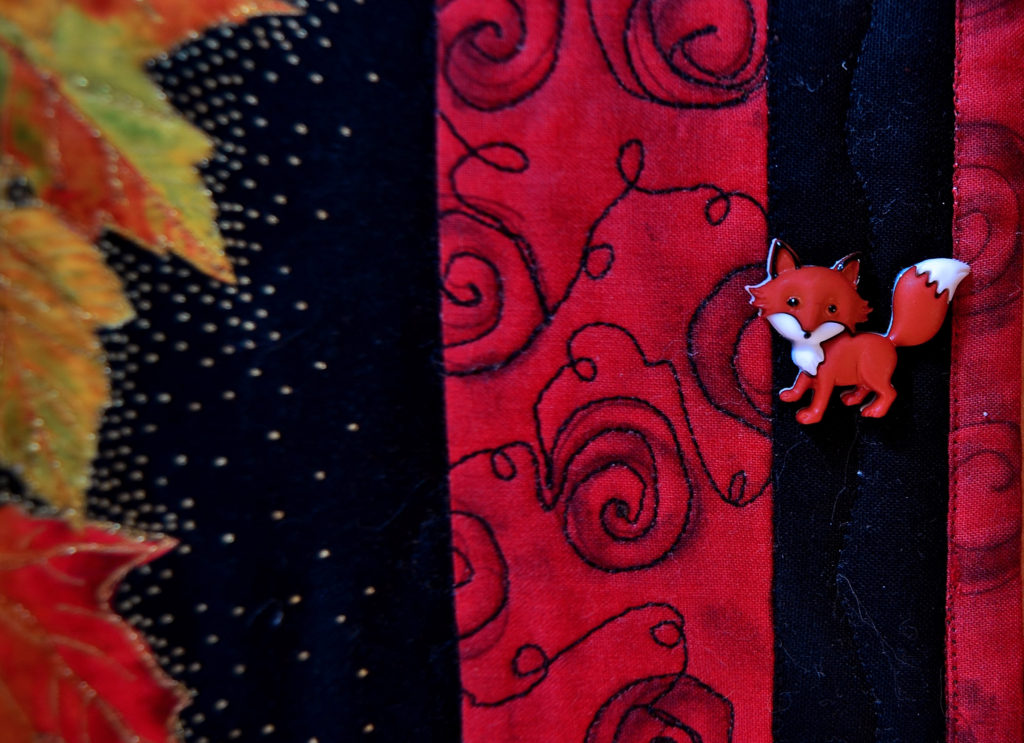
- Different fabrics for each block
- Colored ribbons
- Yarn embellishments
- Different colored threads
- And squishy bunny tails
These were a great hit with my babies, so when they were ready for regular beds, I made them each a twin quilt.
Instead of sewing a basic Sunbonnet Sue or Suspender Sam quilt, I went to Walmart. And there I found all the little girl/boy appliques they had and added one to each block.
Each block of these early quilts featured a quaint little cutout engaged in a different activity.
A Sunbonnet Sue may be seen picking flowers or flying balloons, and in my son’s quilt a Suspender Sam could be driving tractors or playing with a dog. I knew this was the way to go when I overheard Suzanna telling her siblings a story about what was happening in the quilt.
After that I explored the whole crazy quilt genre which I liked exceedingly because of all the different fabrics and colors and varying angles they’re sewn at.
When everyone I knew or was related to – and their dog – had a quilt from me, I started looking around for something different to create and gradually ended up where I am now. Just let me say that the fabric art I create and sew is not that technically difficult.
What it can be, however, is extremely creative and often time consuming.
To the way my mind works though, it’s a perfect fit. And for a project to “fit” for me it has to move and say something. Here is how I go about creating movement and stories in my fabric art.
Critical Questions to Ask Before Creating Movement in Fabric Art
- Is my character moving or is it the background?
I have discovered that it is both too difficult and too time consuming to try to accomplish both in the same panel. Plus its way too complicated and actually accomplishes the opposite of drawing a viewer in.
Do one or the other, but not both.
In my ‘Christmas Delivery’ panel the unicorn is standing still; it’s the fairies that are moving. In my ‘Coral Reef Panel’ the fish are moving so much that you don’t really notice the water.
As an aside, water, air, and fire are background elements that break the general rule. In Coral Reef the water’s moving, but it’s so subtle that your mind sees it and dismisses it because what’s going on in the foreground is just so interesting.
Once you’ve got your what, it’s time to move on to creating movement with non-moving materials.
- What materials will accomplish movement?
Execution matters.
If it’s your background that will be moving, you have 3 options – fabric, thread and accessories.
If it’s the character that’s moving you have the same 3 options, but to these you can also add batting, foam, appliques, and specialized quilting techniques.
We’ll talk about these elements next week in the middle installment of this article series.
Hey, it’s movement. And creating movement is the very basis of fabric art – it can’t be talked about in just a few short lines. OK, a few long lines, but still! That’s why we’re here.
In the meantime, please sign up for our FREE newsletter. We’ve got some very exciting developments coming up in the next few months, and we can’t wait to share each update with you personally.
Read the Next Article:
Creating Movement with Fabric Art Projects – Part 2 – How to Use Fabric
Creating Movement with Fabric Art Quilts & Projects – Part 3 – Thread & Accessories

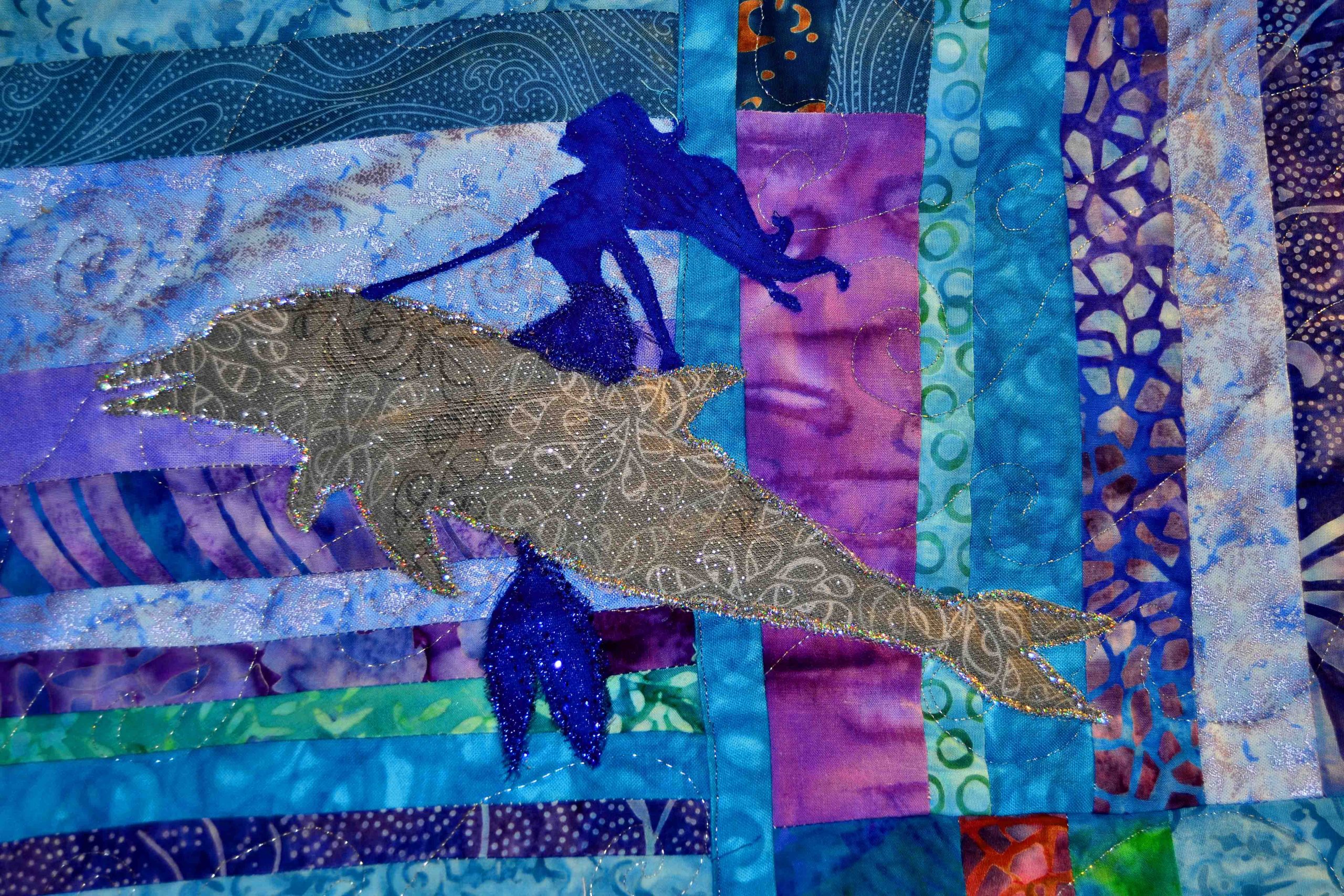
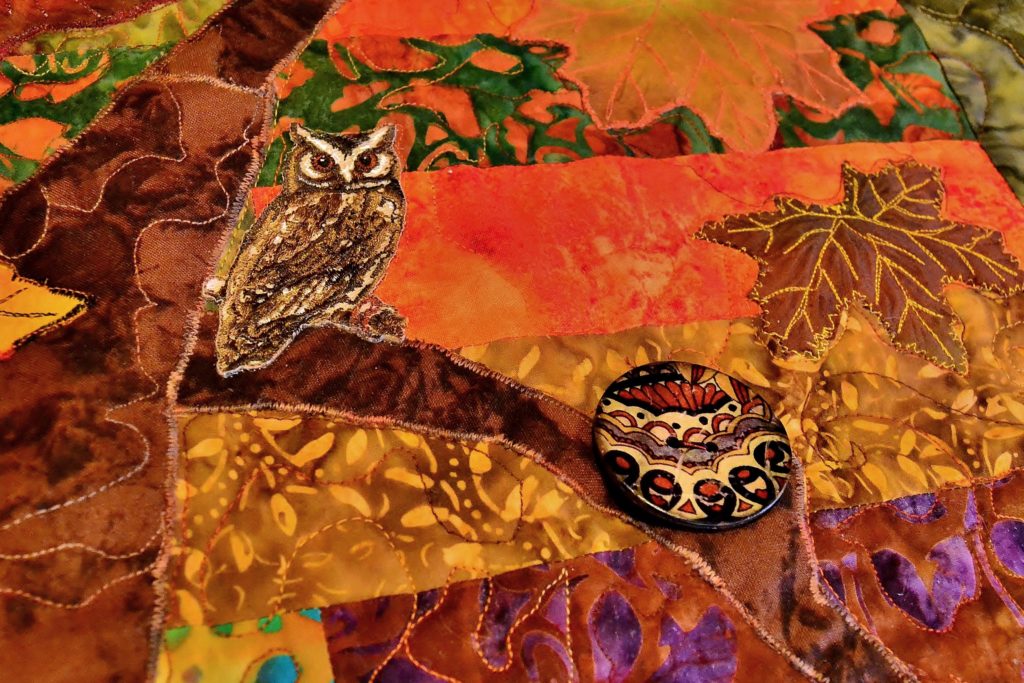
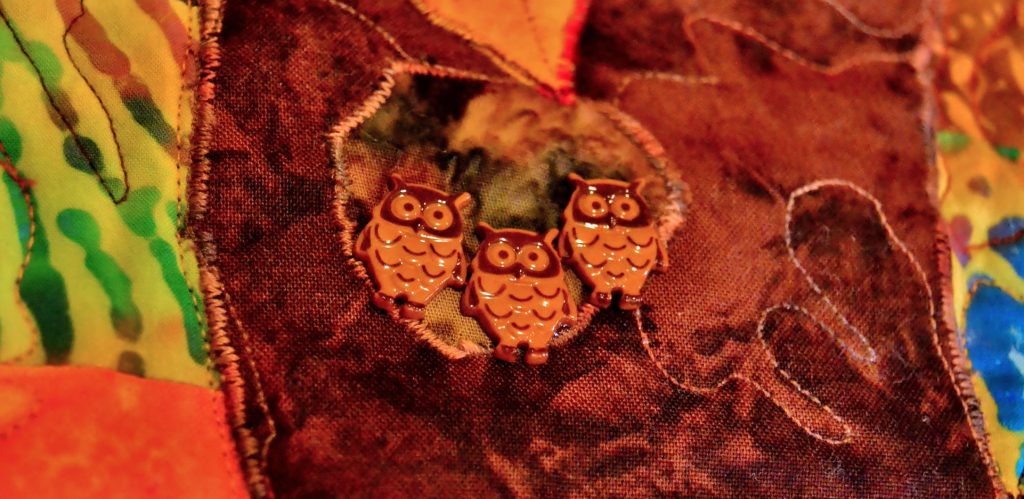
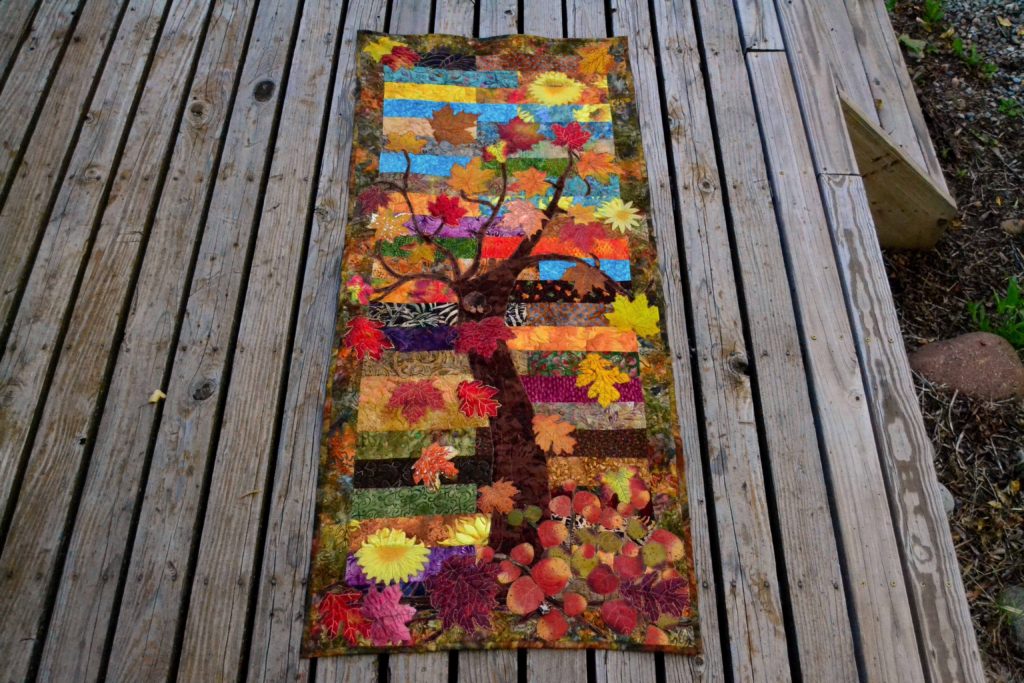
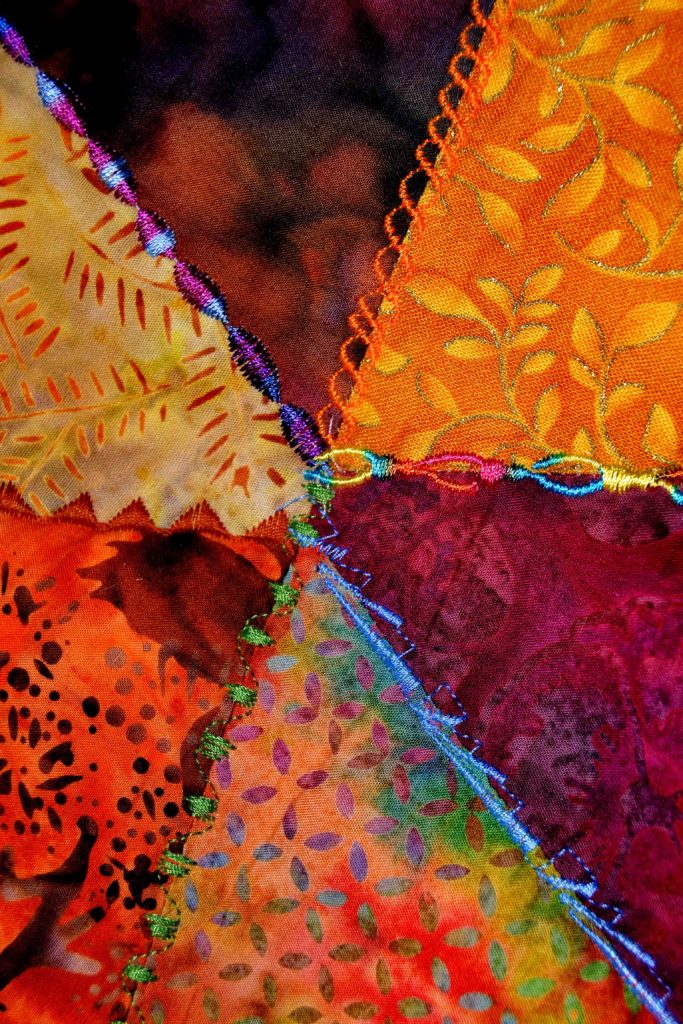
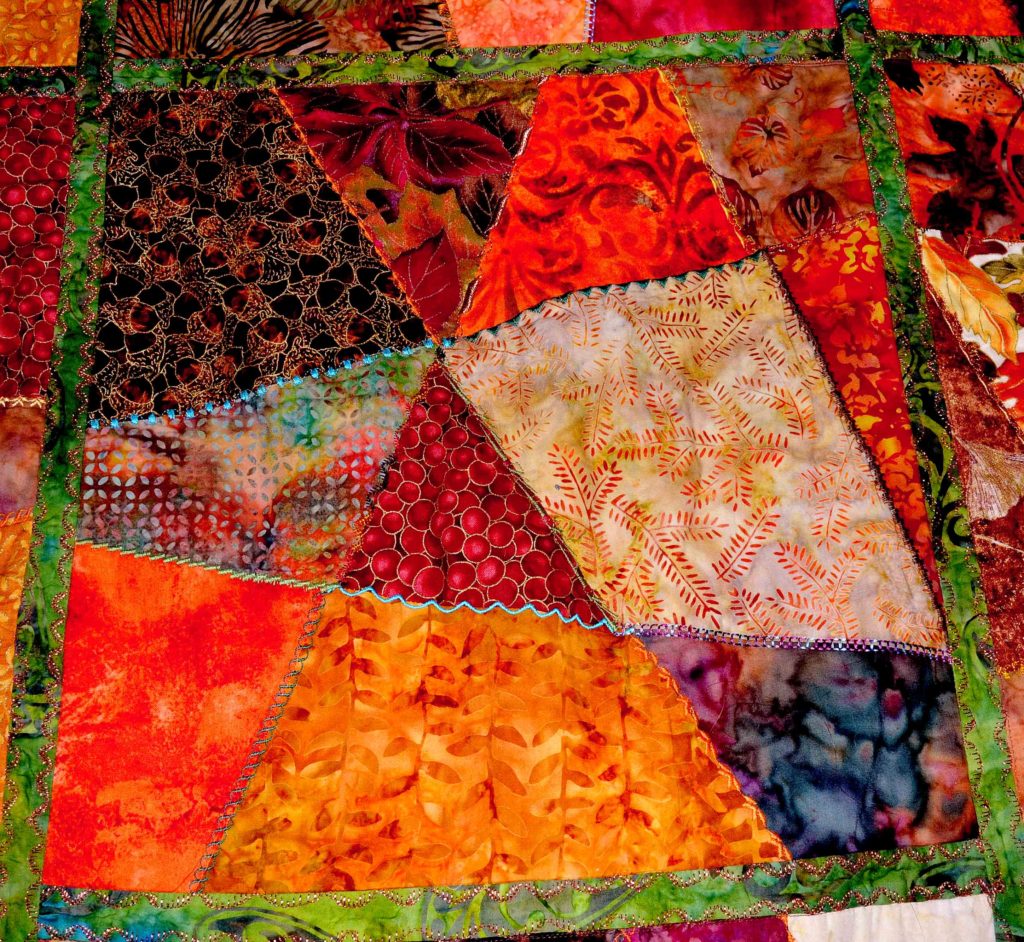
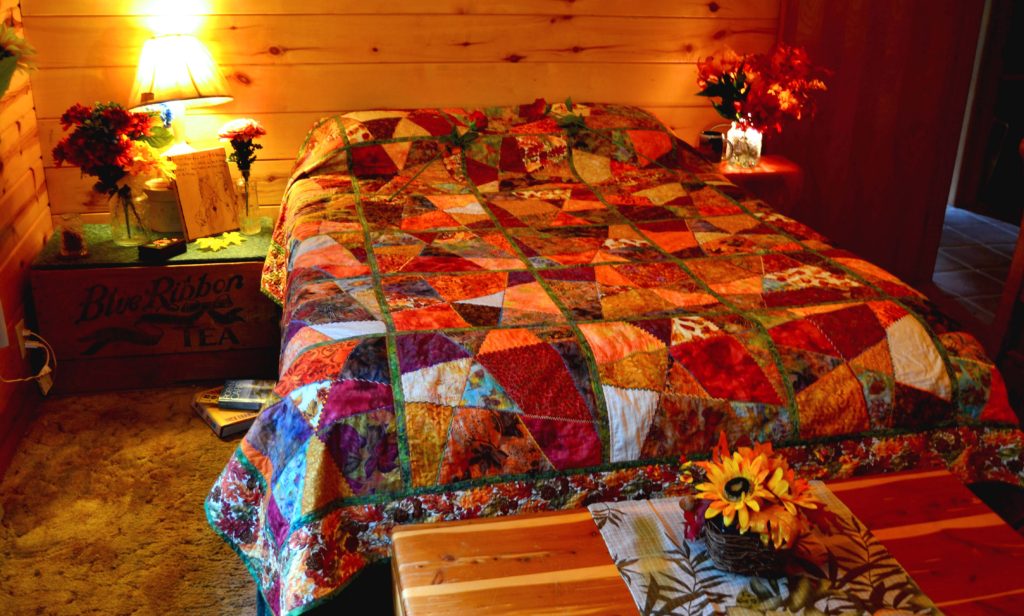
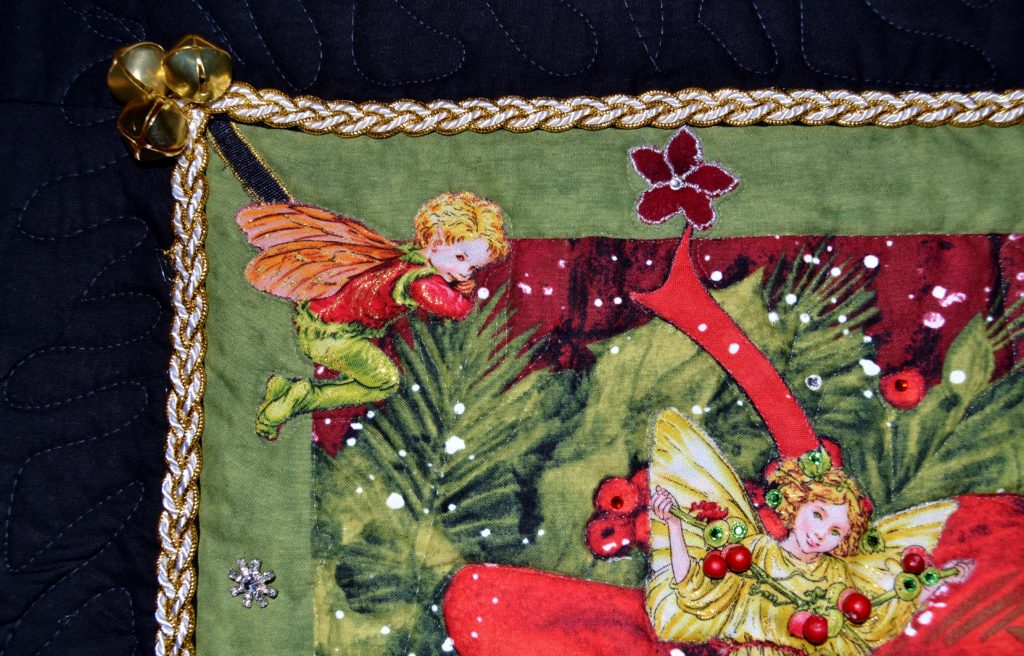
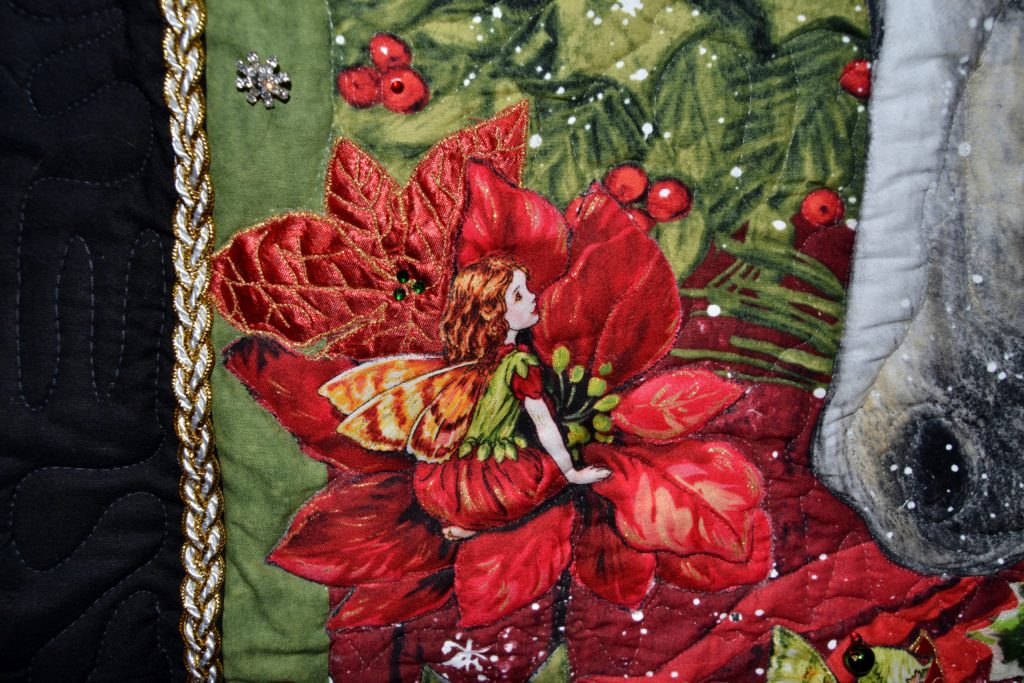
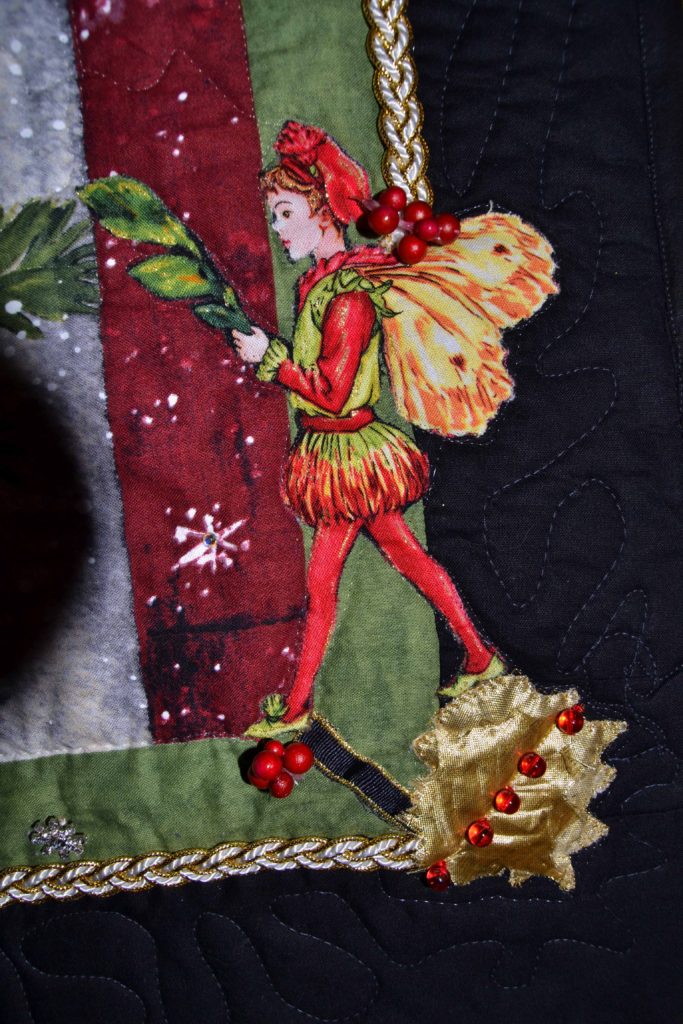
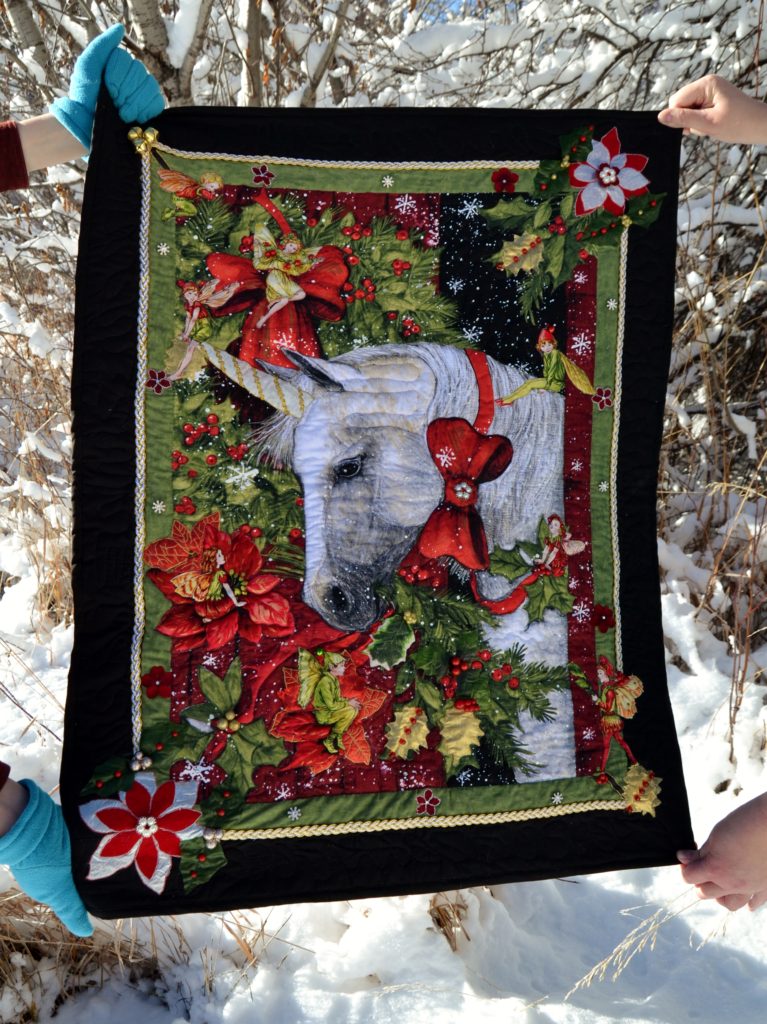
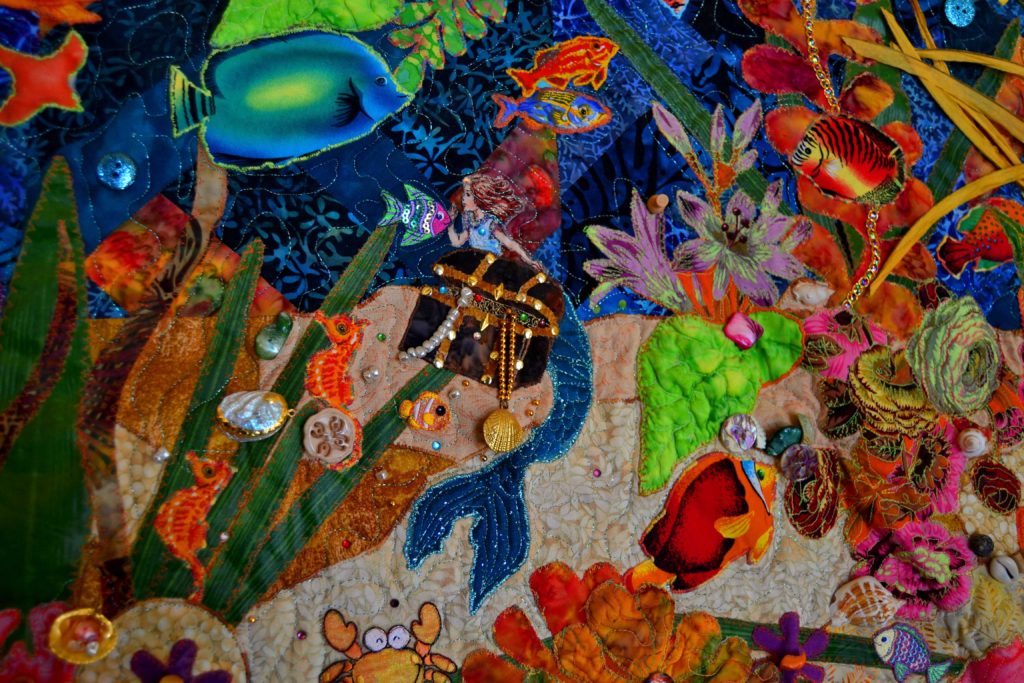
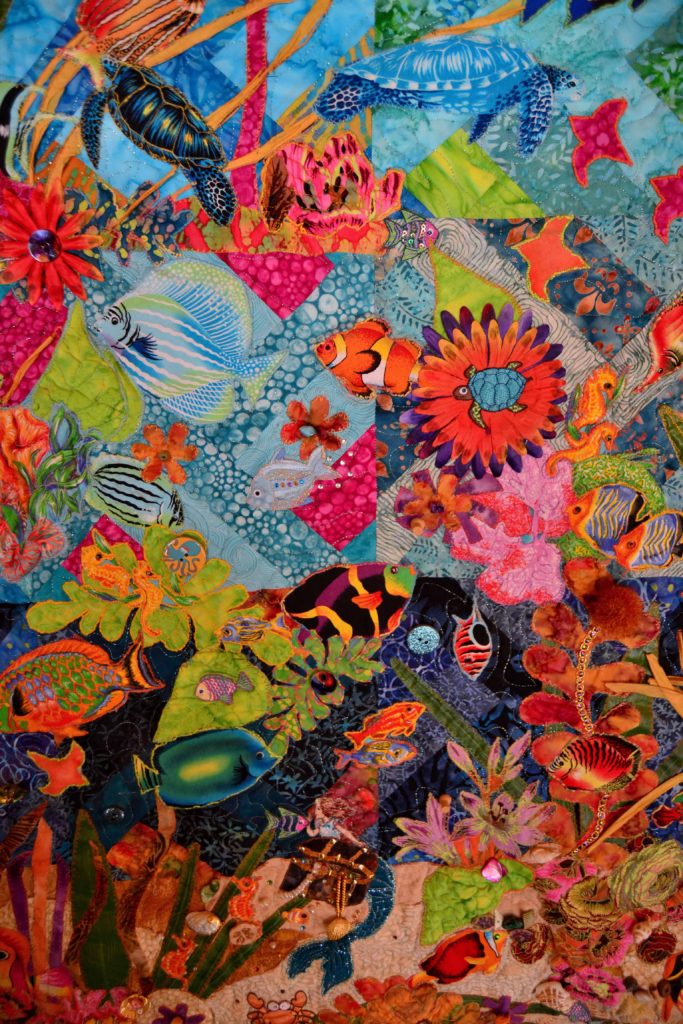
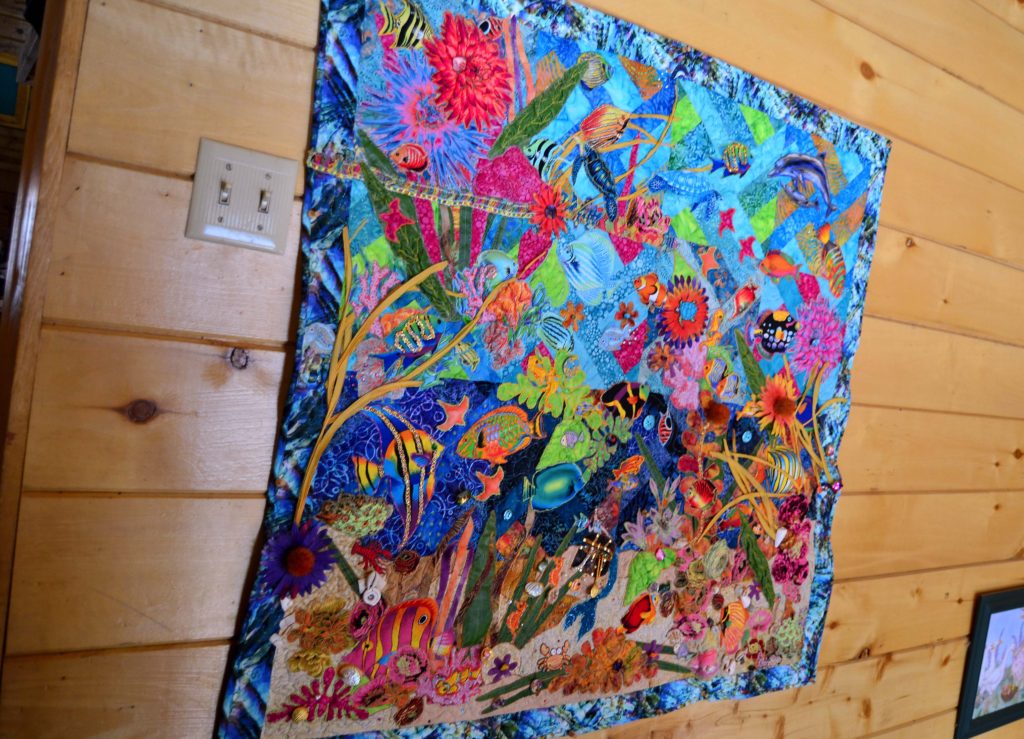
Nice post. Do you have any other ones you can stick? I adore the content.
This excellent website really has all the information I needed about this subject and didn’t know
who to ask.
Attractive section of content. I just stumbled upon your website and
in accession capital to assert that I acquire in fact enjoyed account your blog posts.
Anyway I’ll be subscribing to your augment and even I achievement
you access consistently rapidly.
I’m amazed, I have to admit. Seldom do I come across a blog that’s equally educative and interesting, and let me tell you,
you have hit the nail on the head. The problem is something which not enough men and women are speaking intelligently
about. I’m very happy I found this during my search for something relating to
this.
Hi, just wanted to say, I liked this article.
It was inspiring. Keep on posting!
I do trust all of the concepts you’ve presented for your
post. They’re very convincing and can certainly
work. Nonetheless, the posts are too quick
for newbies. May you please prolong them a bit from next time?
Thanks for the post.